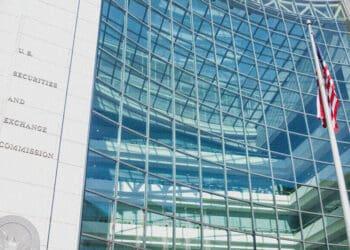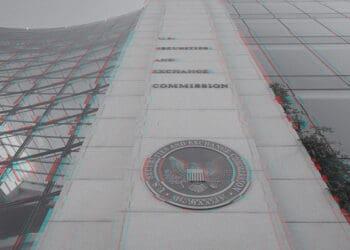Recent updates by the SEC to reporting requirements are meant to elicit improved disclosures. McCarter & English partner Peter Campitiello offers insight into what the changes will require of public companies.
The U.S. Securities and Exchange Commission (SEC) recently adopted amendments to modernize the disclosure requirements in Items 101, 103 and 105 of Regulation S-K.1 Having largely not touched these provisions over the past 30 years, the SEC adopted the amendments to modernize the description of business (Item 101), legal proceedings (Item 103) and risk factors (Item 105); improve disclosure for investors; and simplify compliance for companies that file reports with the SEC. Specifically, the amendments are intended to improve the readability of disclosure documents, as well as to discourage repetition and the disclosure of non-material information.
Items 101(a) and 101(h)
The previous version of Item 101(a) required companies to provide a description of the general development of their business during the past five years, or three years for smaller reporting companies.
The SEC revised Item 101(a) to be largely “principles-based,” requiring instead disclosure of information material to an understanding of the general development of the company’s business and removing strict adherence to providing disclosure of the five- or three-year time frame.
Further, the amendment revises both Items 101(a) and 101(h) to allow companies just to provide an update of its business development from its previous filing rather than repeating the description in its entirety. Companies will now be able to focus on all material developments for the period and provide a hyperlink to the original business description that would contain the full discussion.
Item 101(c)
Item 101(c) previously required a narrative description of the company’s business and intended business with a list of items that were required to be included.
Item 101(c) has been clarified and expanded to require disclosure of only information that is material to an understanding of a company’s business with a list of nonexclusive disclosure topics including, but not limited to, revenue-generating activities, products and/or services; development efforts for new or enhanced products, market trends, and cooperation; material resources and intellectual property; government contracts; and seasonality.
A significant change to Item 101(c) is to provide what is now termed “Human Capital Disclosure.” The previous version of Item 101(c) required a company to disclose the number of its employees, typically both full- and part-time employees, and to discuss any union relations or other organized labor organizations. The amendment still requires companies to disclose the number of their employees, but also to describe “human capital measures or objectives that the [company] focuses on in managing the business,” such as measures or objectives that address the development, attraction and retention of personnel. Further, a company is required to disclose human capital resources to the extent such disclosures would be material to the understanding of the company’s business.
Finally, the amendment to 101(c) requires a company to disclose the material effects that compliance with governmental regulations, including environmental regulations, might have on capital expenditures, earnings and the company’s ability to compete.
Item 103
The previous version of Item 103 required disclosure of any material pending legal proceedings, including the name of the court or agency in which the proceedings are pending, the date instituted, the principal parties thereto, a description of the factual basis alleged to underlie the proceeding and the relief sought. This item contained a threshold for disclosure based on a specified dollar amount ($100,000) for proceedings related to federal, state or local environmental protection laws.
The amendment to Item 103 now allows companies to hyperlink or cross-reference legal proceedings disclosure located elsewhere in a filing to avoid duplicative disclosure. In addition, the amendment increased the existing quantitative threshold for disclosure of environmental proceedings to which the government is a party from $100,000 to $300,000, but also allows flexibility to select a different threshold that it determines is reasonably designed to result in disclosure of material environmental proceedings, up to the lesser of $1 million or 1 percent of the company’s current assets.
Item 105
Item 105 previously required disclosure of a company’s most significant factors that make investment in the registrant or offering speculative or risky and that companies should set forth each risk factor under a sub-caption that adequately describes the risk.
Item 105 has been amended to require a principles-based approach by requiring disclosure of “material” risk factors and that the risk factors be organized under relevant headings in addition to the sub-captions currently required. Any risk factors that may generally apply to an investment in a company’s securities must be disclosed at the end of the risk factor section under a separate caption.
Additionally, companies with a risk factor section that exceeds 15 pages will be required to provide a summary of the risk factors that cannot itself exceed two pages.
1 Regulation S-K is a set of rules adopted by the SEC that prescribes the disclosure requirements for most filings made with the SEC including registration statements, periodic reports and proxy statements, among other filings.



 Peter Campitiello, a partner in the East Brunswick, New Jersey office of
Peter Campitiello, a partner in the East Brunswick, New Jersey office of 










